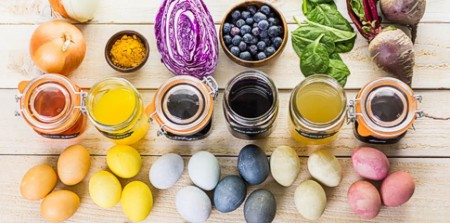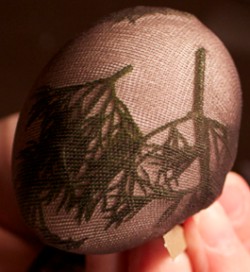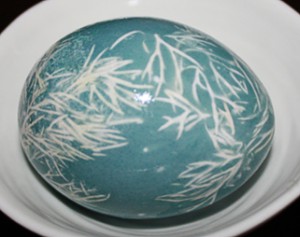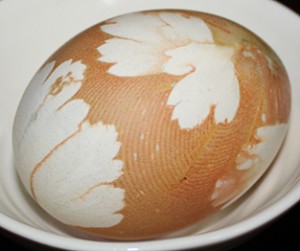 On Good Friday Christians remember the day that Jesus was killed on the cross. He was nailed to a wooden cross by Roman soldiers. This is the reason why the cross is an important sign for Christians today. There are crosses in churches and many Christians wear a cross on a chain.
On Good Friday Christians remember the day that Jesus was killed on the cross. He was nailed to a wooden cross by Roman soldiers. This is the reason why the cross is an important sign for Christians today. There are crosses in churches and many Christians wear a cross on a chain.
At Easter people eat hot cross buns which have a cross shape on the top.
Good Friday is a sad day and churches never have flowers or decorations on this day. The church is left dark and there is just a simple cross on the altar. It is known as Good Friday because Christians believe that Jesus gave up his life for the good of everyone.
Jesus Dies on the Cross
by Sharla Guenther
Very early in the morning, the soldiers brought Jesus to Pilate, the governor at the time. Pilate asked Jesus, “Are you the king of the Jews?”
Jesus replied, “Yes, I am.”
This upset the chief priests because they were jealous of him and the Jewish friends He had made.
Pilate listened to the complaints of the people that brought Jesus, but he couldn’t find any reason to punish Him. Pilate questioned Jesus, but Jesus didn’t stick up for himself (He knew that they wouldn’t listen anyway). He had done nothing wrong.
Pilate called together the chief priests, the rulers, and the people. He said to them, “I have talked to Jesus, and I find no reason to kill Him.”
After they heard that, all the people shouted, “We want Jesus! Release Barabbas instead!” Barabbas had been in jail because he had killed someone, and the people wanted him to be free, and Jesus to be punished. (It sounds strange but it was like peer pressure. The chief priests went around telling people lies about Jesus, so that they would be afraid of Him, and would want to kill Him).
Pilate didn’t like this one bit. He wanted to let Jesus go, so he tried to talk to the people but they didn’t let him. They just kept shouting, “Crucify Him! Crucify Him!”
Pilate tried again, yelling, “What has Jesus done wrong? I can punish Him but then I must let Him go, He doesn’t deserve to die!” But the people just shouted louder to crucify Jesus and Pilate wanted to please the crowd so he freed Barabbas and sent Jesus to die.
The soldiers led Jesus into the palace and made Him put on an old royal robe and they twisted together a crown of thorns to put on His head. Then they made fun of Him and said, “Hail, king of the Jews.” They didn’t understand that He was a king; that’s why they made fun of Him.
Next, the soldiers led Jesus toward a hill called Golgotha. They made Him carry the cross on His back, but because Jesus couldn’t carry it the whole way, He fell down. The soldiers had whipped His back and it hurt so much that Jesus couldn’t handle the weight of the cross on His shoulders.
A man named Simon happened to be near Jesus when He fell, and the soldiers grabbed him, and made him carry the cross the rest of the way. The soldiers offered Jesus wine mixed with myrrh. This was supposed to help make it less painful, but Jesus refused to have any.
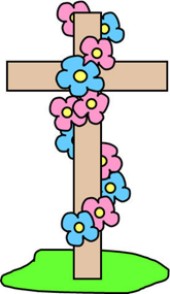 When they reached the top of the hill, they nailed Jesus to the cross. There were three crosses: Jesus was in the middle, there was a criminal on His right, and on His left. Pilate made a sign to be put on the cross. It read what He was being punished for: Jesus of Nazareth, King of the Jews.
When they reached the top of the hill, they nailed Jesus to the cross. There were three crosses: Jesus was in the middle, there was a criminal on His right, and on His left. Pilate made a sign to be put on the cross. It read what He was being punished for: Jesus of Nazareth, King of the Jews.
The soldiers watched Jesus and made fun of Him; they even divided up His clothes to be even more mean. Some people walked by and shouted, “You saved others, why can’t you save Yourself?” Jesus could have saved himself, but he chose not to. He wanted to save us instead.
Jesus ignored the people, but He did see His mother, His aunt, and some other women He knew. Jesus felt bad for His mother, she was so sad to see her son die (just like your parents feel when you get hurt).
Then Jesus saw one of His disciples close to His mother, and He said, “Mother here is your son, and friend here is your mother.” Jesus couldn’t say too much for he was very weak. But He wanted His friend, the disciple, to be like a son to His mother and take care of her. And from that day on, the disciple did.
Later, Jesus could not handle the pain any longer and He said, “It is finished.” That is when Jesus bowed His head and went to Heaven.
Suddenly, a huge curtain that hung at the temple was torn in half, from top to bottom. And a man that had wanted Jesus to die saw all of this and he said, “Surely this man was the Son of God!”
He realized he had been wrong about Jesus.
It seems like a really sad story, but its one of the greatest stories of all! Jesus died knowing that you (–put in the children’s names) would do things wrong (that is what a sin is) — things that you’re not supposed to — not obeying your parents, saying something mean to your sister or brother, or not telling the truth. He knew what you would do when He died so many years ago. Jesus died for everybody’s sins, so now when we ask God to forgive us, and we are truly sorry for what we’ve done, He will act like it never happened. That’s right He forgets what we did! Now that doesn’t mean we should ever make the same mistake again, because by doing that it’s like we’re hurting Jesus all over again.
So, next time you do something you’re not supposed to, remember to say sorry to Jesus, and remember what He did for you!
“For God so loved the world that he gave his one and only Son, that whoever believes in him shall not perish but have eternal life.” John 3:16 (NIV)
Today’s Craft -Make an Easter garden.

Using a tray or plate as a base, form a hill and a cave. Put into the garden the elements from the story. Please post pictures , as we do love to see your makes!
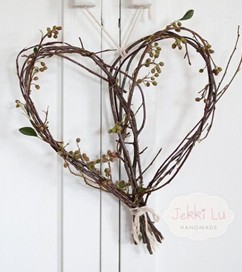 OR
OR
Use twigs and Ivy and other greenery to form a heart shape, to remember the love pour out for us on Good Friday.

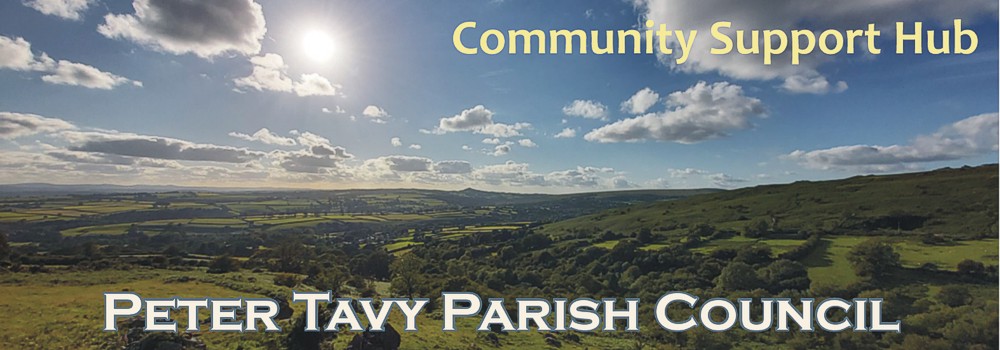
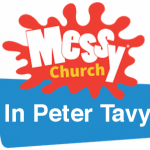 VE Day – Victory in Europe was proclaimed 75 years ago and is being celebrated tomorrow, so the theme this month is PEACE.
VE Day – Victory in Europe was proclaimed 75 years ago and is being celebrated tomorrow, so the theme this month is PEACE. Once upon a time there was a rich man who lived in the deserts of the Middle East. You could tell how rich he was because of what he owned and especially how many camels belonged to him. In fact he was so rich that he owned not 2, not 4, not 8, not 16… but 17 camels.
Once upon a time there was a rich man who lived in the deserts of the Middle East. You could tell how rich he was because of what he owned and especially how many camels belonged to him. In fact he was so rich that he owned not 2, not 4, not 8, not 16… but 17 camels.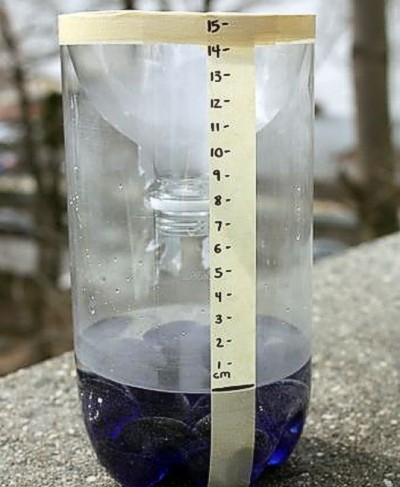
 On Good Friday Christians remember the day that Jesus was killed on the cross. He was nailed to a wooden cross by Roman soldiers. This is the reason why the cross is an important sign for Christians today. There are crosses in churches and many Christians wear a cross on a chain.
On Good Friday Christians remember the day that Jesus was killed on the cross. He was nailed to a wooden cross by Roman soldiers. This is the reason why the cross is an important sign for Christians today. There are crosses in churches and many Christians wear a cross on a chain. When they reached the top of the hill, they nailed Jesus to the cross. There were three crosses: Jesus was in the middle, there was a criminal on His right, and on His left. Pilate made a sign to be put on the cross. It read what He was being punished for: Jesus of Nazareth, King of the Jews.
When they reached the top of the hill, they nailed Jesus to the cross. There were three crosses: Jesus was in the middle, there was a criminal on His right, and on His left. Pilate made a sign to be put on the cross. It read what He was being punished for: Jesus of Nazareth, King of the Jews.
 OR
OR 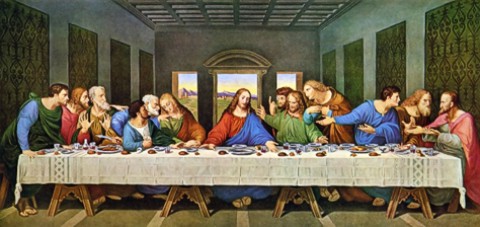
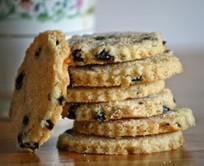 200g softened butter /marg
200g softened butter /marg For iced biscuits:
For iced biscuits:
